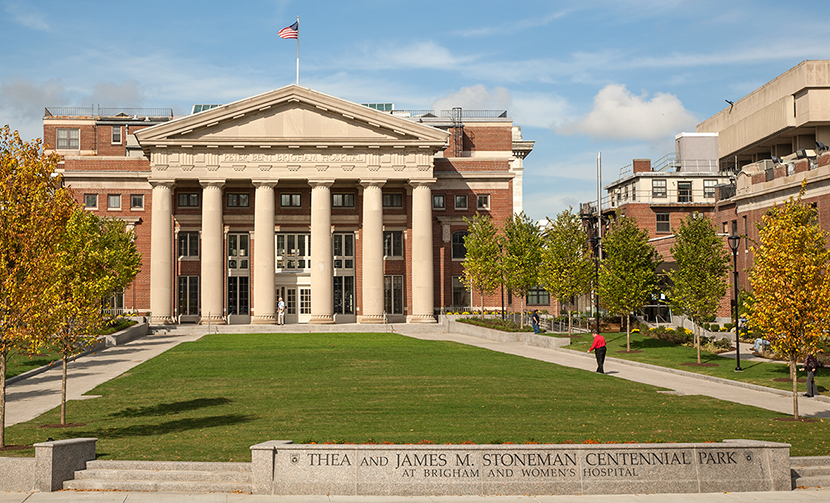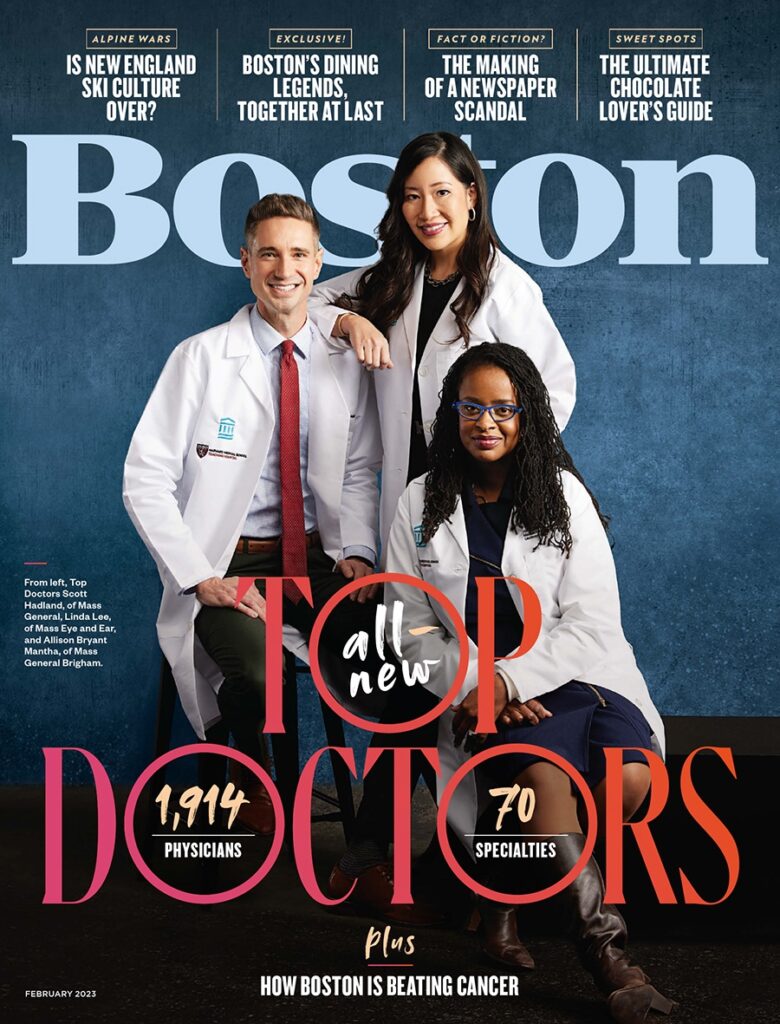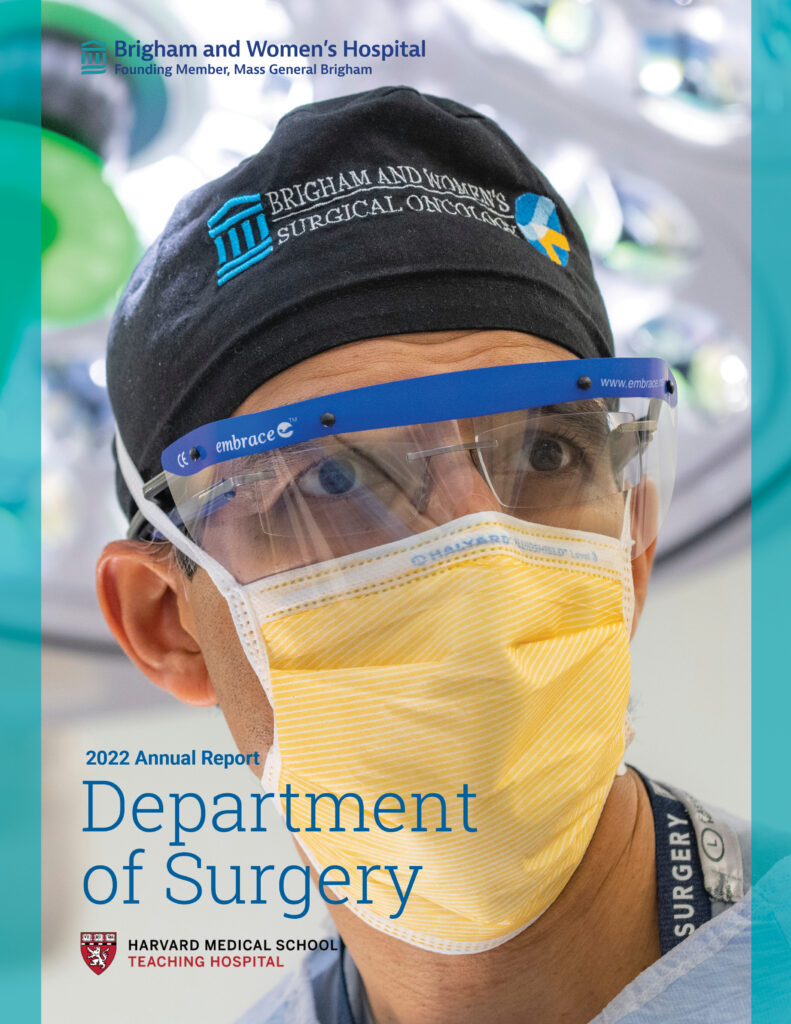Please join us in welcoming Ko Un ‘Clara’ Park, MD, as a new faculty member in the Department of Surgery.

Ko Un ‘Clara’ Park, MD
Associate Surgeon, Division of Breast Surgery
Director of Research, Breast Surgery Network Sites
Dr. Park received her undergraduate degree in biochemistry from the University of Notre Dame and her medical degree from Indiana University School of Medicine. She completed general surgery residency training at the Henry Ford Health System and a breast surgical oncology fellowship at the University of Texas MD Anderson Cancer Center. She is certified by the American Board of Surgery.
Before joining the Brigham, Dr. Park was an assistant professor of surgery at The Ohio State University Wexner Medical Center James Comprehensive Cancer Center. She developed the robotic breast surgery program and initiated the FDA approved clinical trial evaluating the role of robot-assisted nipple sparing mastectomy. She is an implementation science researcher and is funded by the NCI and the Alliance foundation. She will continue her NCI K08 research titled, “Implementation of operative standards in cancer surgery to improve patient outcomes.”
At the Brigham, Dr. Park will also serve as the director of Research for Breast Surgery Network Sites. In this role, she will review the clinical research portfolios at the Brigham sites and help identify opportunities to expand the clinical trials and research programs to the regional sites.
Dr. Park’s primary clinical focus areas are multidisciplinary breast cancer management, oncoplastic breast surgery and nipple sparing mastectomy.


